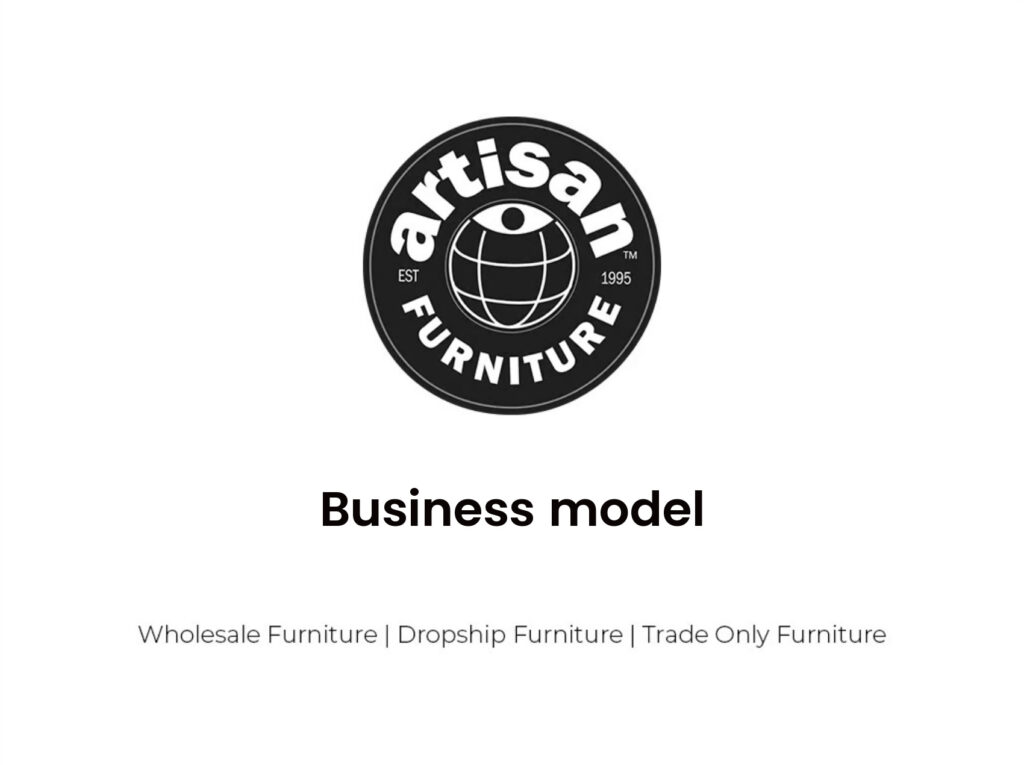Business model
A business model explains how a company develops, delivers, and collects value in various contexts, including social, cultural, and economic ones. Business strategy includes the development and change of business models, which is often referred to as business model innovation.
In both theory and practise, the term “business model” refers to a wide range of informal and formal descriptions that characterise the fundamental elements of a company or organisation, such as its mission, its strategy, its target market, its offerings, its organisational structure, its sourcing methods, its trading practises, and its operational procedures and policies, including its culture.
There are many different ways to understand and define a business model in the literature. Business models are defined as the organisational structures that are created to implement a commercial opportunity through a methodical evaluation and analysis of management survey results. Extensions of this design logic that place more emphasis on story or coherence in business model descriptions highlight the methods through which entrepreneurs build incredibly successful growth companies.
Managers within organisations also use business models to examine opportunities for future development. Business models are used to describe and categorise businesses, particularly in an entrepreneurial setting. For innovative managers, well-known business models might serve as “recipes.” Business models are also mentioned occasionally while discussing accounting in the context of public reporting.
The sophistication of business concepts has increased significantly over time. Early in the 20th century, the “bait and hook” business model—also known as the “razor and blades business model” or the “connected products business model”—was developed. Offering a basic product for a very low price, frequently at a loss (the “bait”), and then charging compensatory recurring sums for refills or related goods or services constitutes this practise (the “hook”). Examples include: a razor’s bait and blades, a cell phone’s bait and minutes, a computer printer’s bait and ink refills, and a camera’s bait and prints (hook). Adobe, a software provider, used a variation of this approach and charged several hundred dollars for its document writer but provided its document reader for free..
New business concepts were introduced in the 1950s by Toyota and McDonald’s restaurants. Wal-Mart and the hypermarkets were the innovators in the 1960s. FedEx and Toys R Us introduced new business models in the 1970s, Blockbuster, Home Depot, Intel, and Dell introduced them in the 1980s, and Southwest Airlines, Netflix, eBay, Amazon.com, and Starbucks introduced them in the 1990s.
The way technology is employed today may determine the kind of company concepts. For instance, online business owners have developed brand-new business models that are wholly dependent on existing or developing technology. Businesses may reach a lot of people for little money by using technology. Additionally, the increase of outsourcing and globalisation has made it necessary for business models to take strategic sourcing, complicated supply chains, and shifts to relational, collaborative contractual structures into account.


